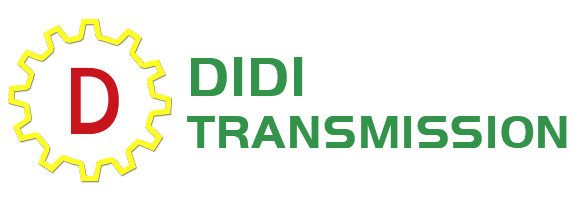Focus on precision mold, fixture processing, etc
Main products: powder metallurgy mold, new energy battery structure mold, precision fixture
24-Hour Hotline
13537348535
Three key knowledge points of drawing mold
There are many types of products in the mold industry, among which stretch molds are a kind of higher technical content. The difficulty of drawing die lies in: 1. Design calculation; 2. Mold test after mold design is completed. For designers, if they want to design a reasonable stretch die structure, they need to accumulate a wealth of design experience.
The qualification of tensile parts is closely related to the selection of materials and presses. Lubricating oil is also an important factor: 08 steel is the main representative of the selection of tensile materials. The drawing dies generally use cold plate series such as 08Al, 08, 08F, 10, 15, 20 steel. For designers, reasonable selection of materials has made the mold half of the success.
For rotating and cylindrical deep drawing parts, the calculation method of cutting size is based on the principle of constant material volume. Even if the material becomes thinner during the deep drawing process, its total volume will not change.
The calculation method for stretched products with complex shapes will be more troublesome, because the shape of stretched mold products is accompanied by the change of material thickness, even with the help of 3D software and simulation analysis software, it is difficult to achieve the expected cutting effect. In order to get the right cut size. Only the test piece can determine how much material is needed, and then design the structure of the stretching die and keep trying.
Stretching factor How many steps are needed to stretch the product, and the stretch height and size of each step are calculated by the stretch factor. Different stretching structures and processes have different stretching systems, which need to be reasonably selected according to the actual product. The main factors affecting the tensile coefficient are: 1. The mechanical properties of the material (yield strength-elastic deformation; tensile die strength-plastic deformation; elongation coefficient; area shrinkage). 2. The relative thickness of the material. 3. Stretching time. 4. Stretching mode. 5. Die fillet radius. 6. The smoothness, lubrication conditions and clearance of the stretched working surface. 7. Stretching speed.
If there are cracks in the test mold, you can try to apply a little lubricant (rapeseed oil, soapy water) on the lower mold or cover the surface material of the mold with a film to achieve the effect. Appropriate annealing heat treatment can improve the plasticity of the material, thereby reducing the multiple stretching of the part. Each time the stretching die is stretched, there will be a hardening phenomenon, which leads to a decrease in plasticity and various stretching problems
-
About us
CultureAlbumHonor -
Product
Powder metallurgy moldNew energy battery structural Precision fixture -
News
DynamicIndustry -
Contact us
Contact us Guestbook
-
 WeChat
WeChat
-
 QR code
QR code
